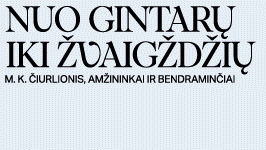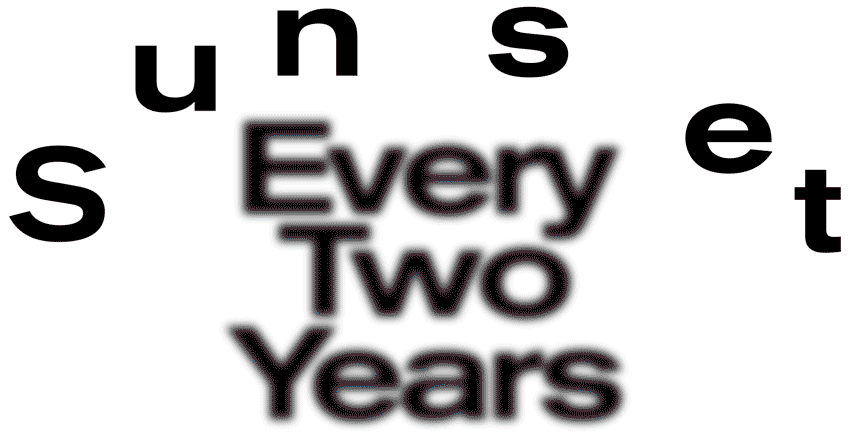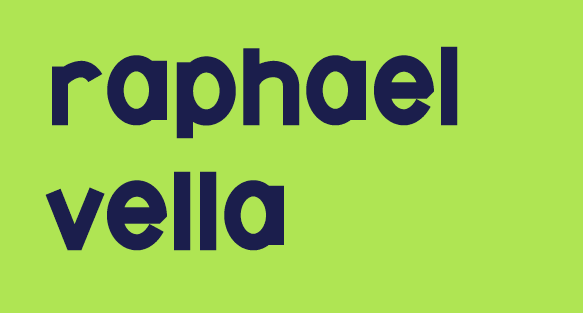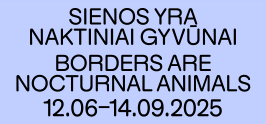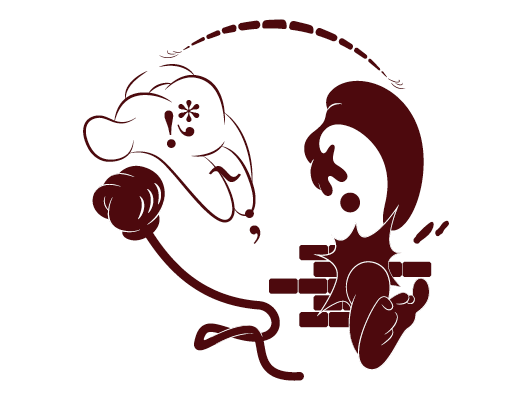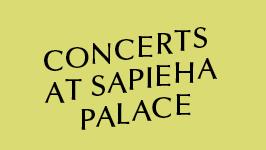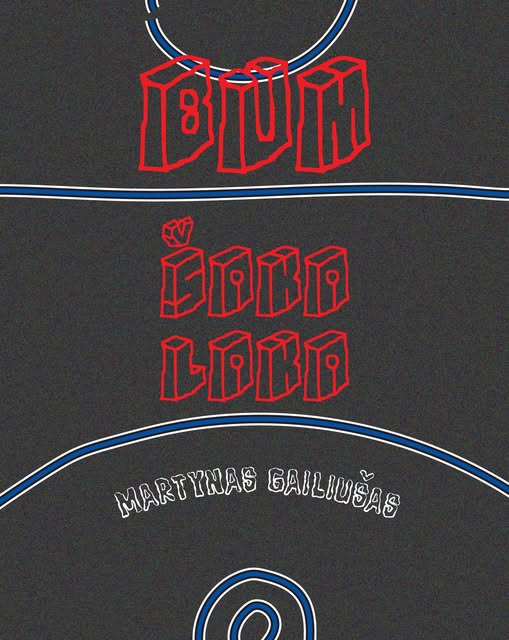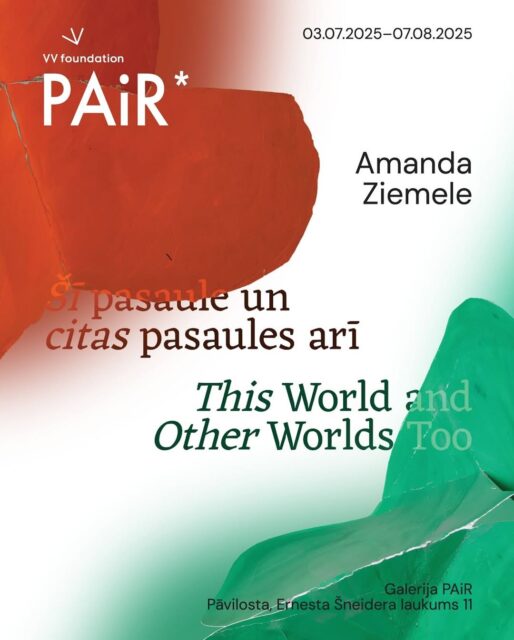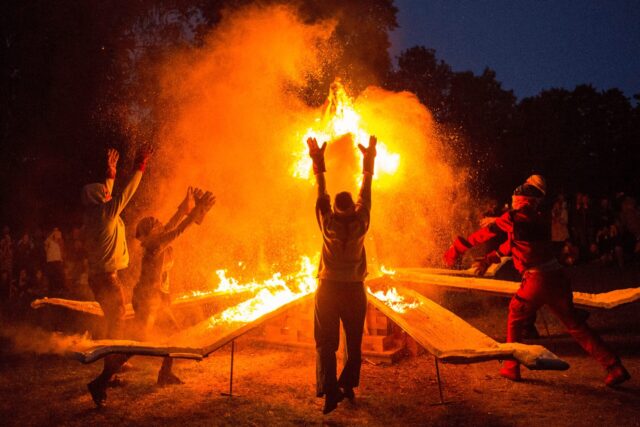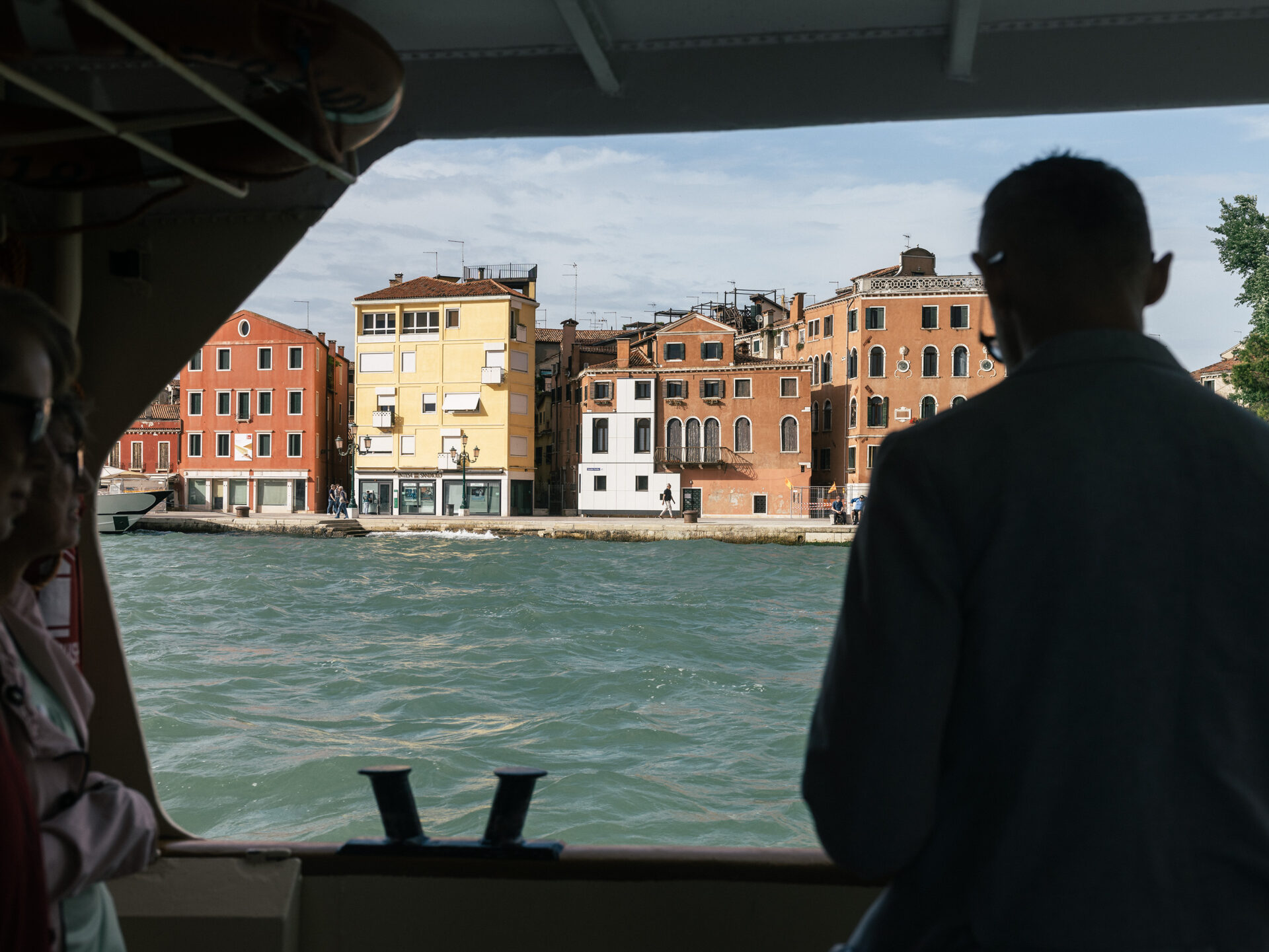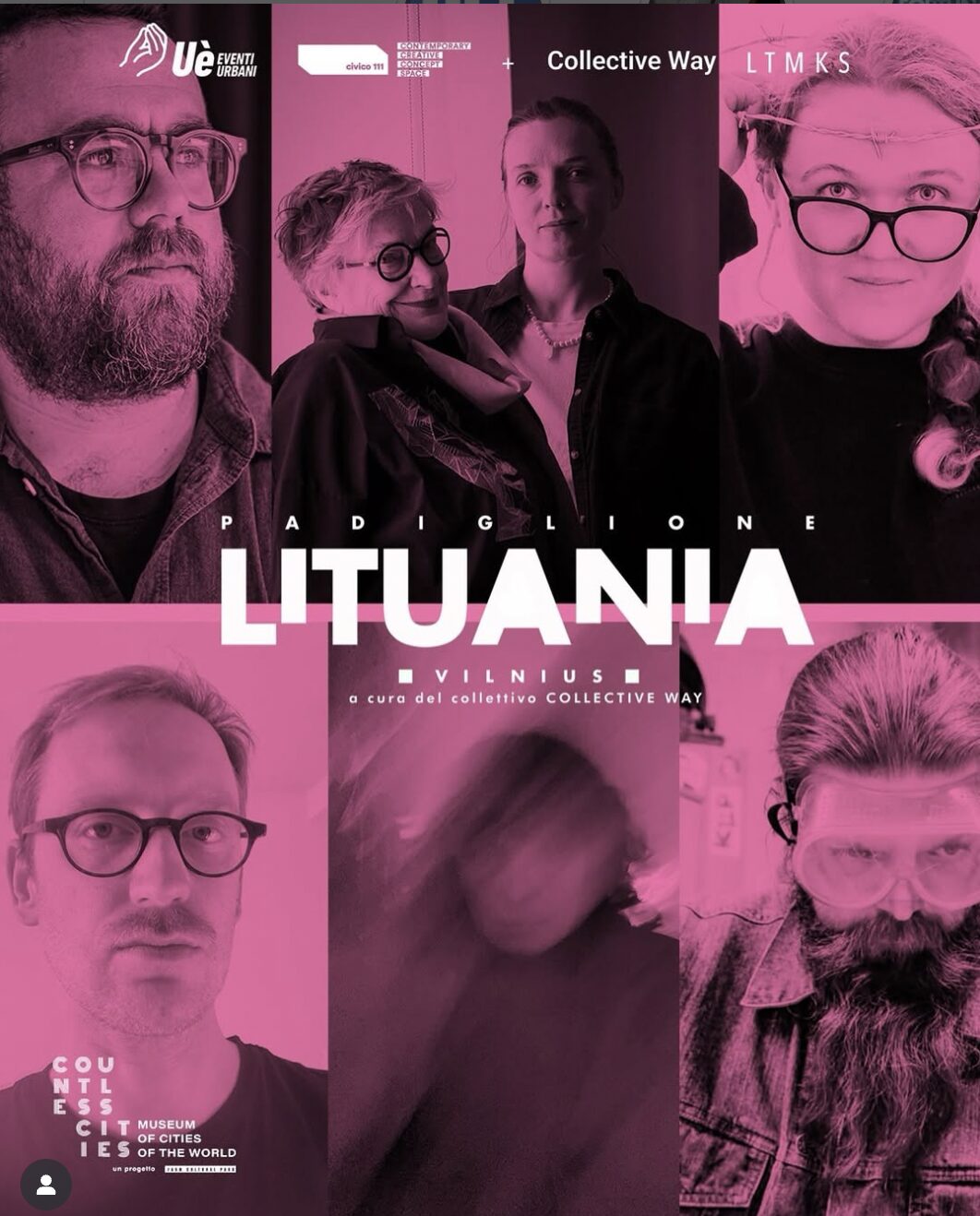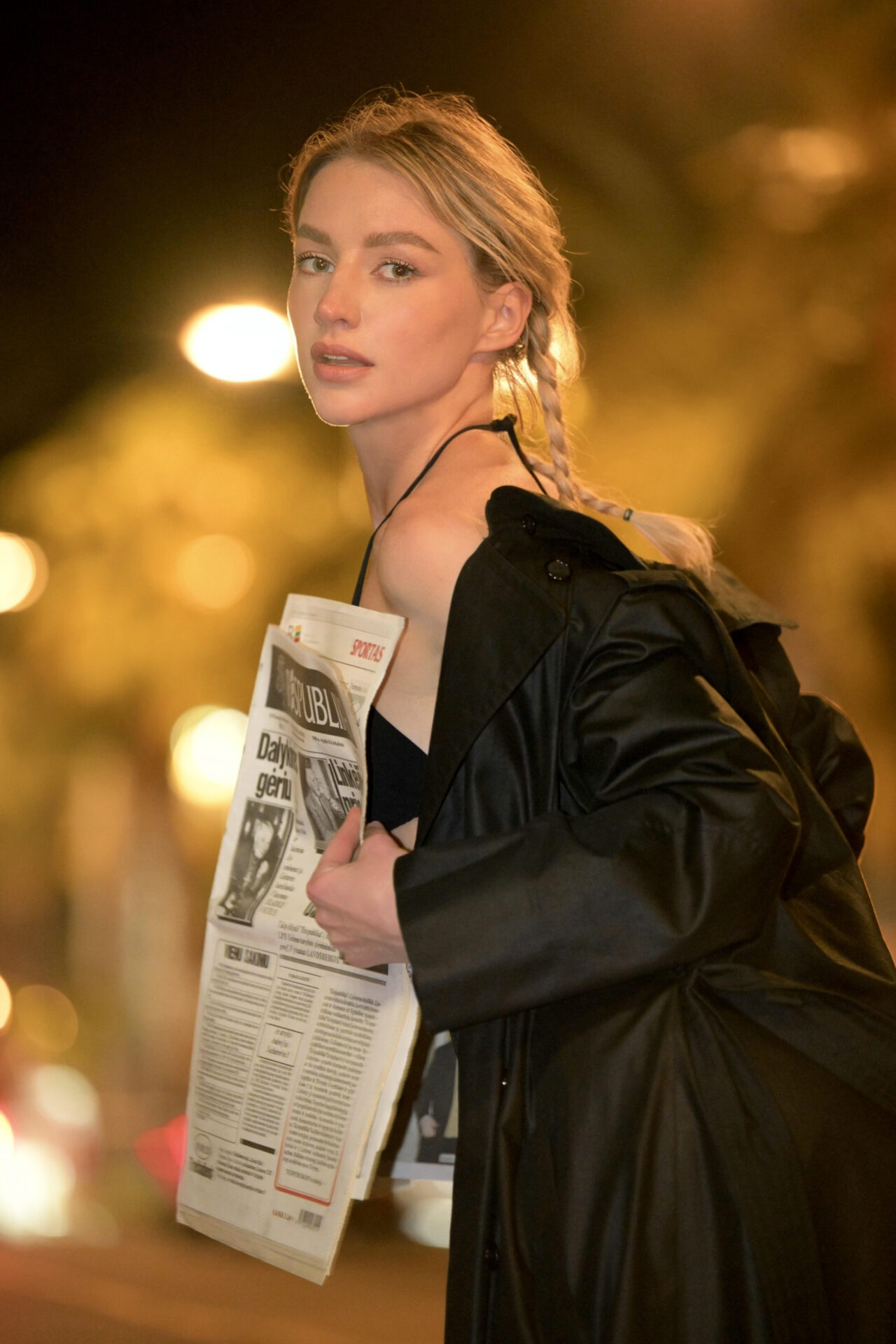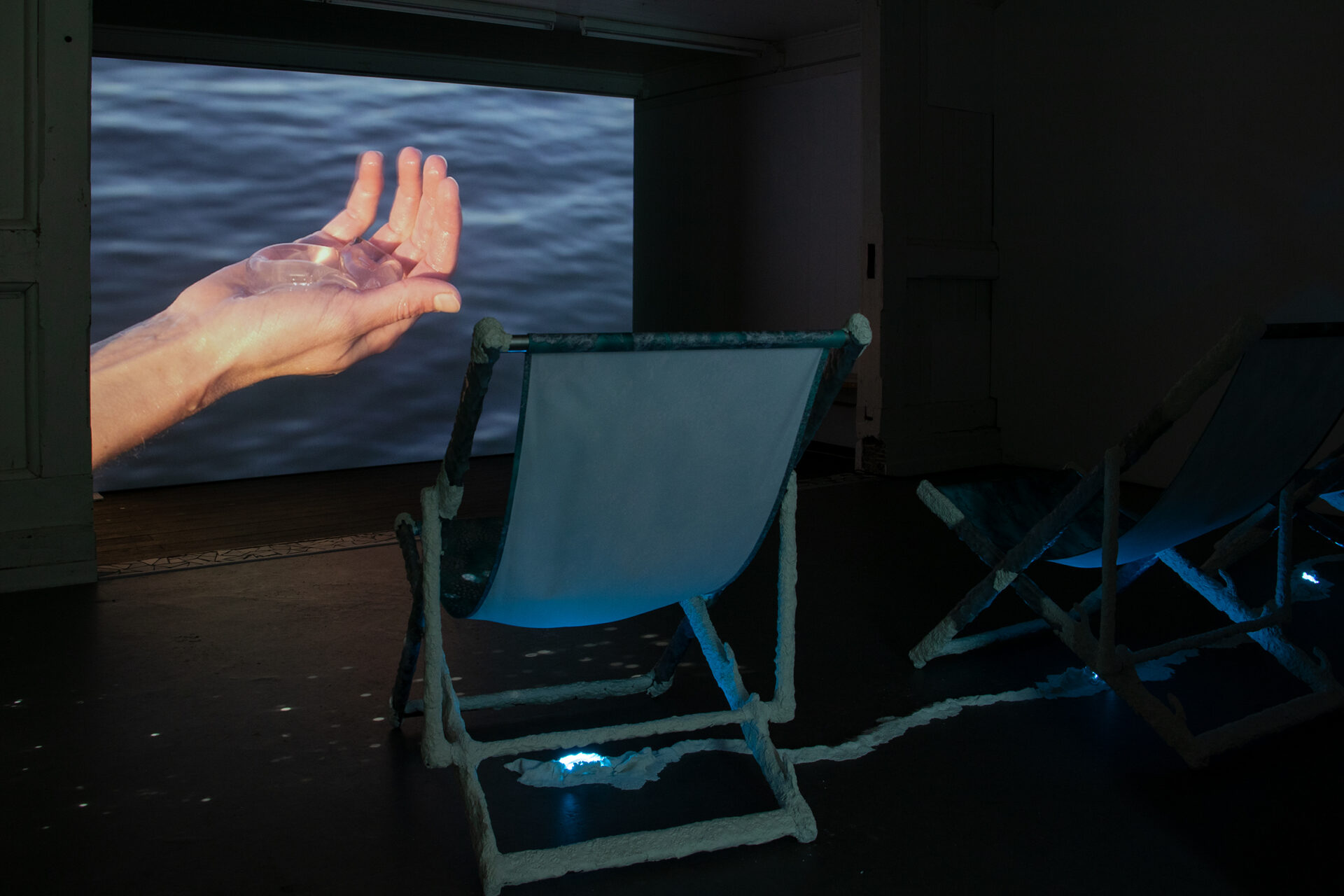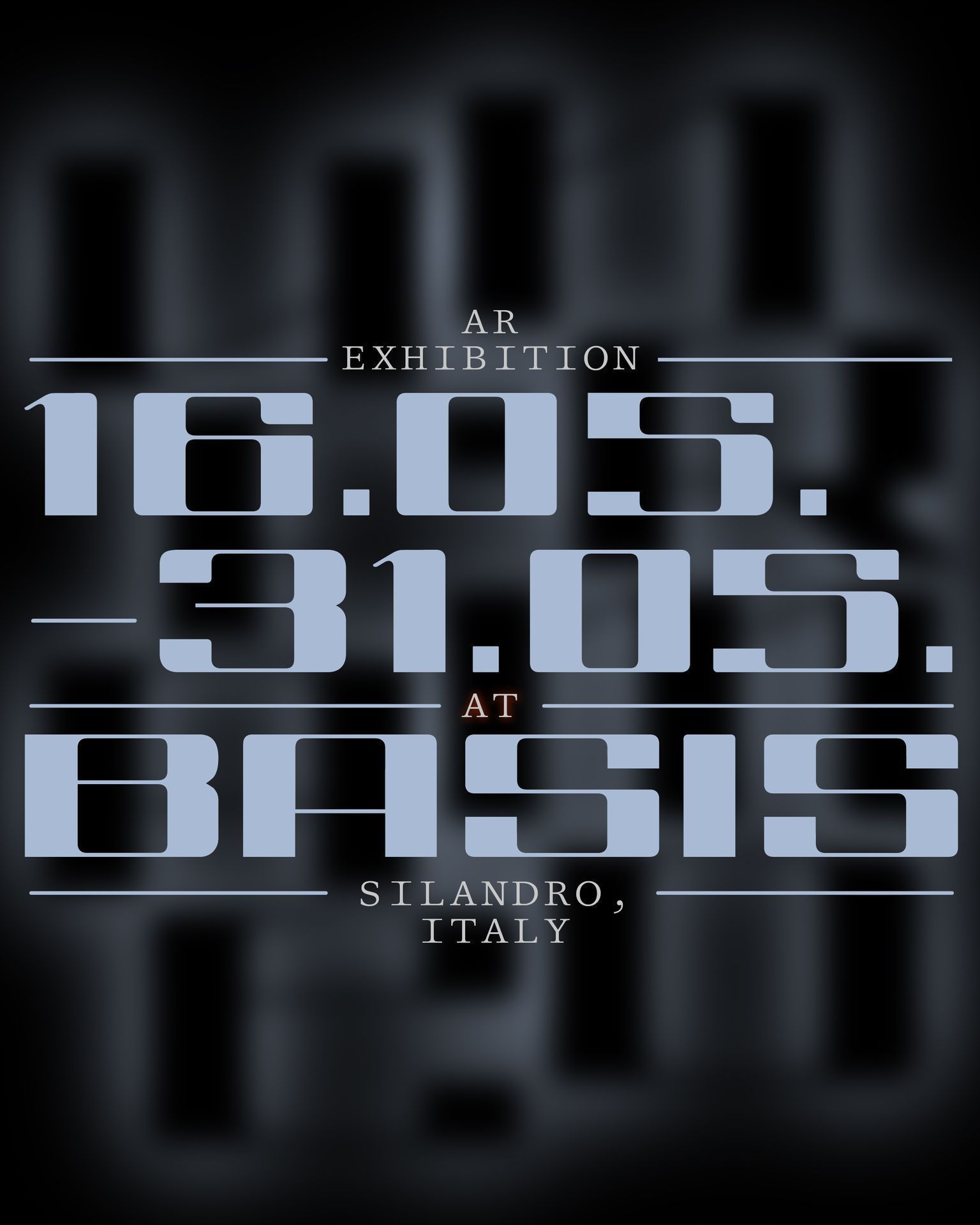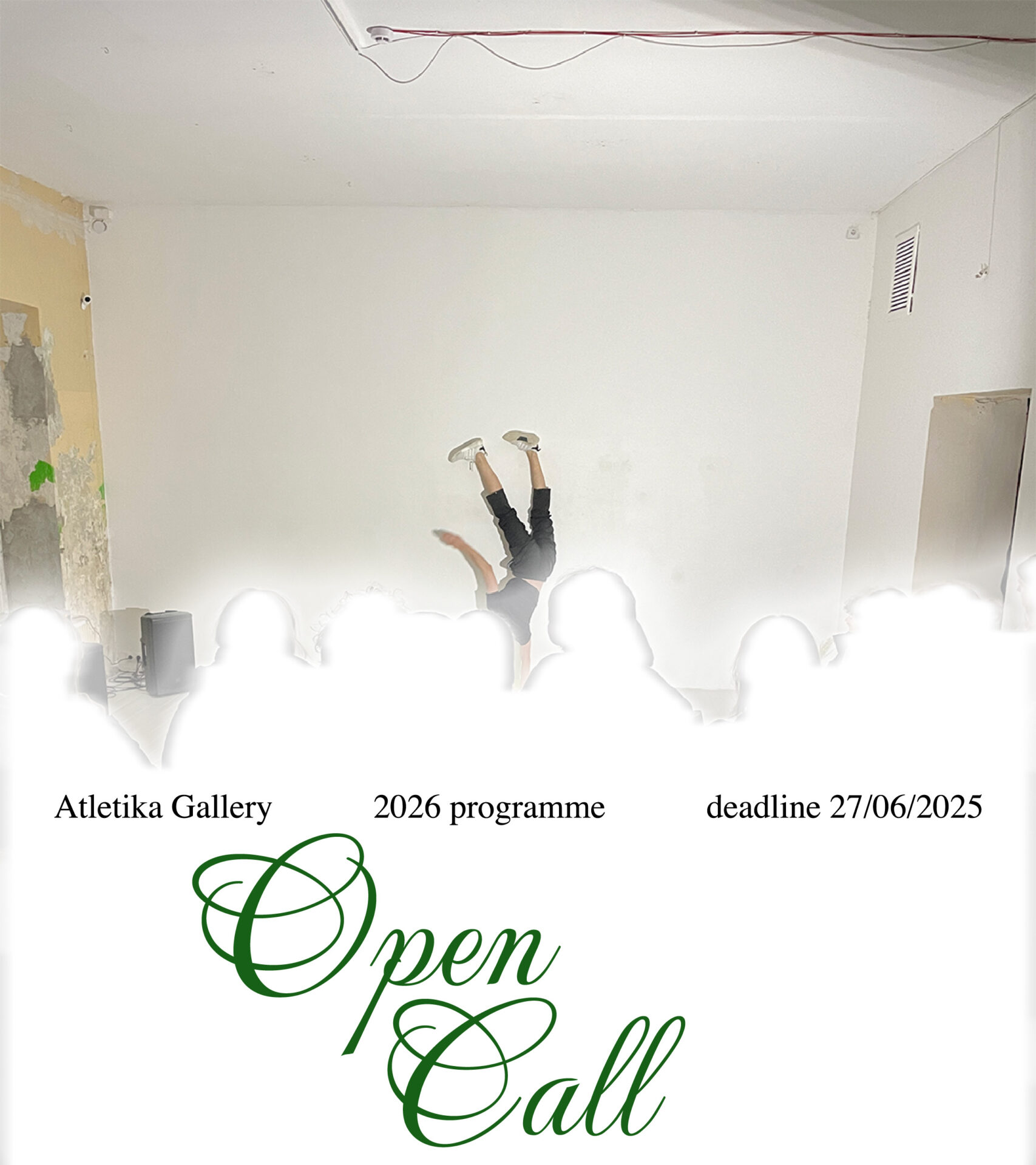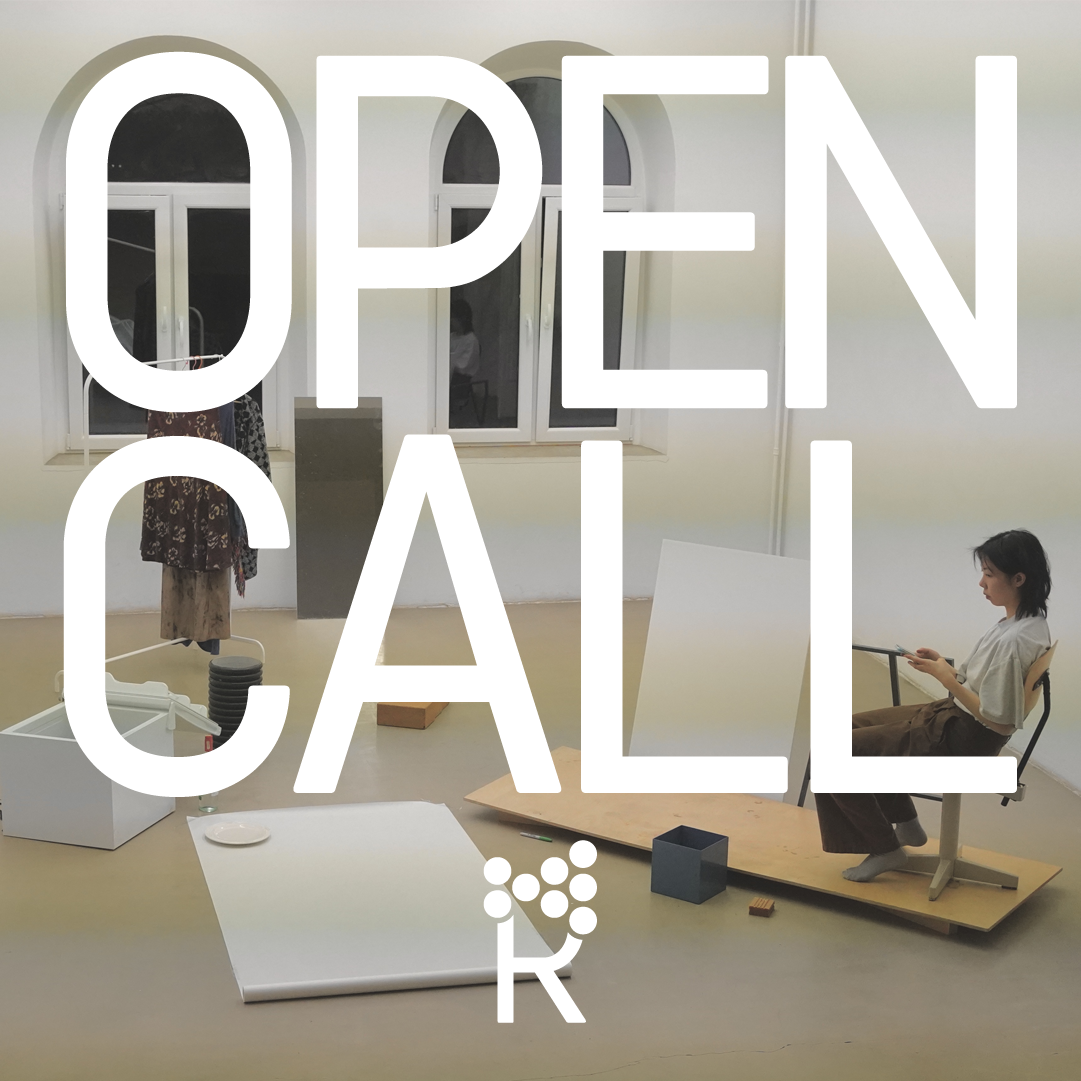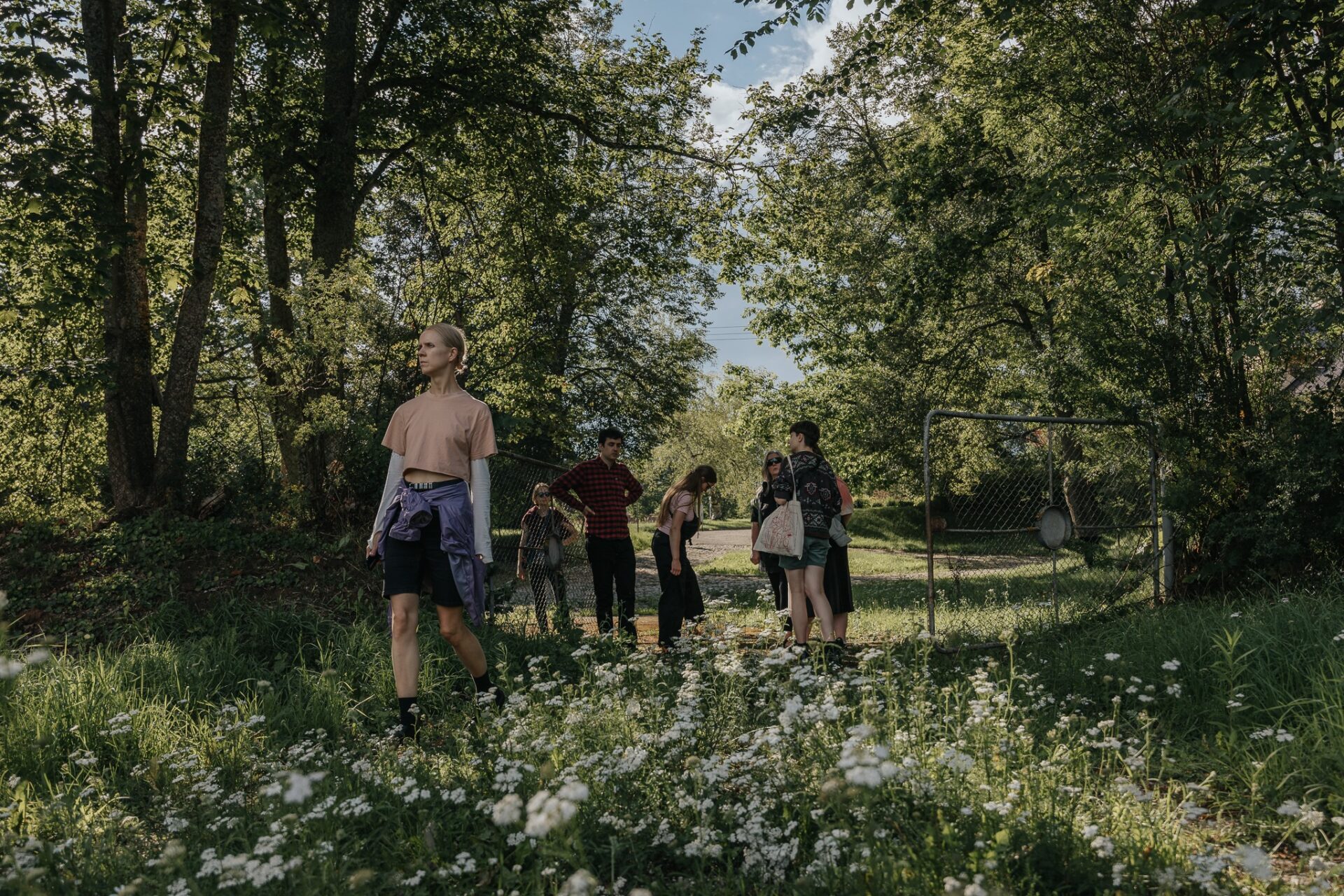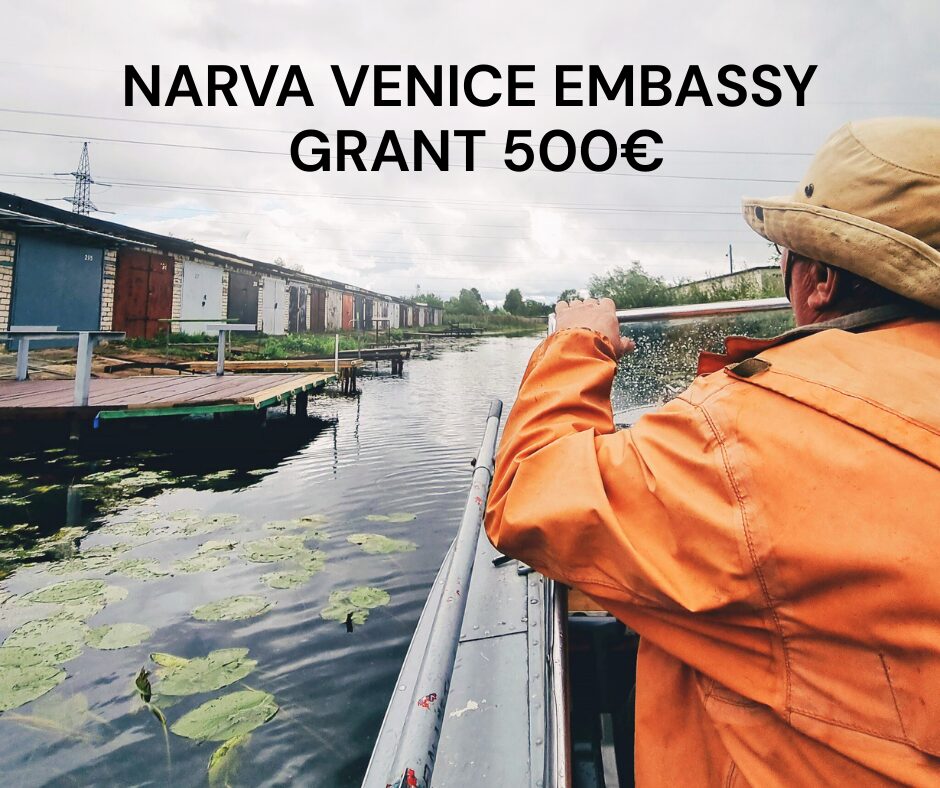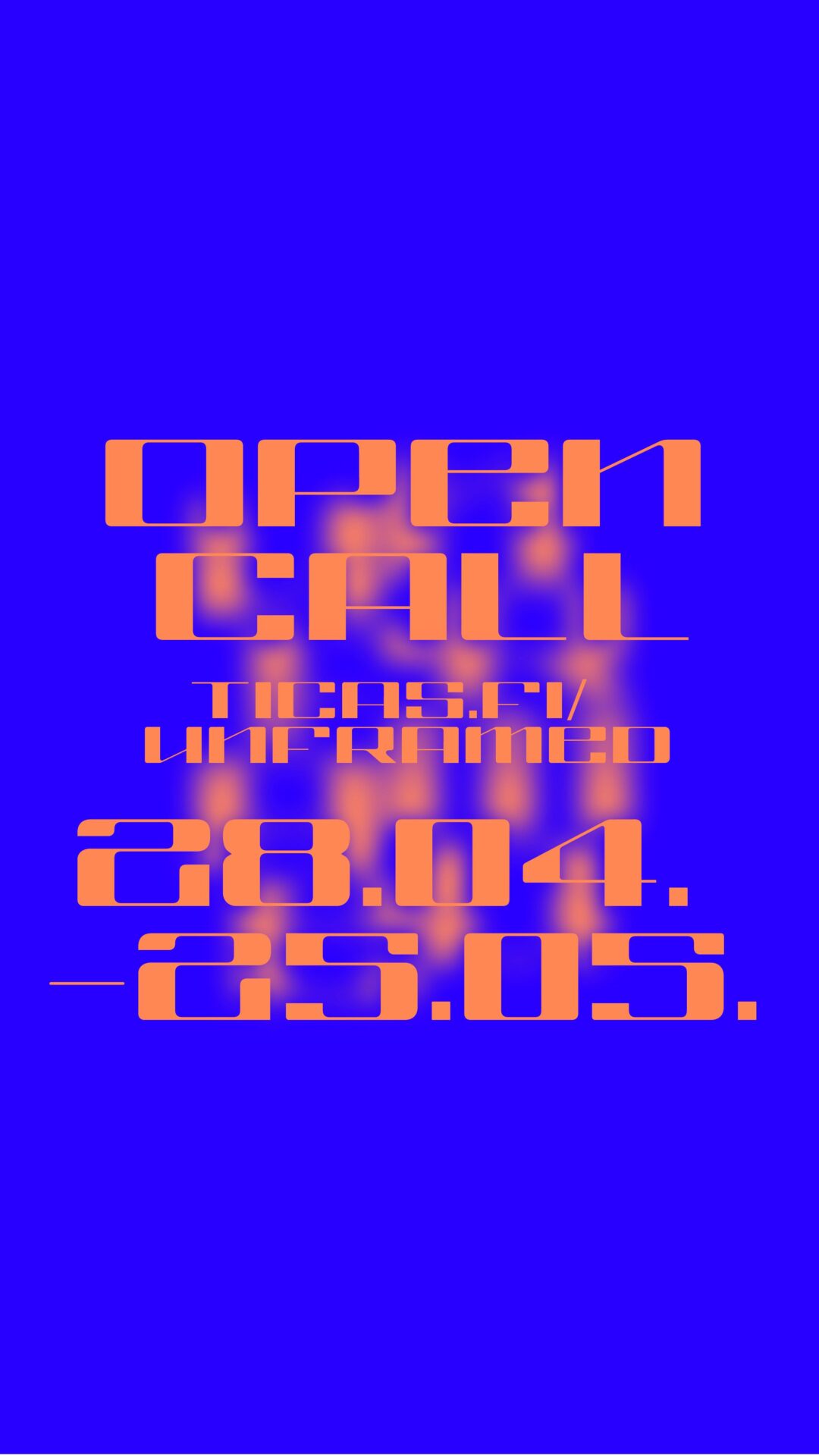Alver Linnamägi’s (b. 1988) exhibition “Terms and Conditions” appealed to me because as I walked around for the first time, I did not get any of it. The meanings were hermetically sealed into themselves. There was a wall almost covered in freehand drawings of the letter A, blank forms from some institution with only the separating lines remaining and the last piece of the exhibition was “Happy Ending”, which was a neon sign saying just that.
I sat down in front of the gallery and talked to Linnamägi about that phenomenon. The paradox was that he was using the concept of aesthetic art, but the aesthetics of conceptual art. He told me that his pieces talked for themselves and there was no need for a print-out concept text explaining the exhibition. On the other hand his pieces were minimal and they had little to no aesthetic pleasure in them. This vacuum of meaning and form was what intrigued me. It was like Borges’ ultimate labyrinth. Of course it could have just been a happy accident, but nonetheless I asked him about all that.
You study photography in the Estonian Academy of Arts, but in your works you don’t use that much of it. Why such a contrast?
In our department we’re not required to stay in our medium – rather I seek to expand the limits. Timo Toots (editor: winner of Ars Electronica 2012) has said at his degree defense, that he came to the photography department and realized very fast, that he needn’t to do photography here at all. To be honest I’ve only used little of photography in my exhibitions as I’m rather a fan of installations.
A part from my other works I’ve worked on my documentary project – taking photos at different events to depict something that could be described as a subculture. That’s how it’s been for me. At this point documentary has become fiction for me, I understand that my project rather reflects and combines the narratives of people interesting to me and others. Although some information about the Estonian nightlife might be retracted, then the photos are mostly of use to the people depicted or to their friends. At the moment the project is on hiatus and I have some extra ideas on how to use the gathered photos. It’s too early to discuss it. Analogue photo will be important always and for me as well.
Funny, how you asked why there wasn’t too much photography, but the answer was mostly about photography. The so-called contrast comes from the freedom to study one discipline and to be active in any other. I pick the medium according to the idea.
In your artist’s position you say that your works start with a written down idea. How was the idea for this exhibition written down?
The art book idea “Holes/Wholes” became project “Part 1. On Bureaucracy”, which in turn became the exhibition “Terms and Conditions”. The written idea for this exhibition in my memory was something in the lines of: “Jaan Kolk, Luise 14-1”. This was written on a stranger’s incasso letter I found in my letterbox. This time the idea started with a stranger’s text. The idea prevailed in it’s written form.
I need to add that my artist’s position is in constant change. Things have changed during the past year, but that doesn’t mean that there are contradictions between those artist’s positions.
In your works you leave the viewer a lot of room for interpretation, but then again you say that an artist is more important than his art. Wouldn’t the artist’s interpretation then be the most important part of the exhibition?
People are more important than their works, but it doesn’t have to be like that for the viewer. I have said before that for me it’s sufficient if even only one exhibition visitor gets inspired by it. It doesn’t have to stop at that and the more people think about the topics of the exhibition, the bigger impact the works have, on the one hand to the visitors and through the to the whole world.
Some of the visitors know me and some don’t. If the works allow the people to evolve and develop, then relating to the author and his points of view gives the possibility of comparison.
Of course my own point of view is most important for me. At times I let the viewer get acquainted with my point of view, but only if it’s important for me or for the viewers opinion. Such an interaction is more complex and needs more contemplating.
Why is the title of exhibition quite a cryptic “Terms and Conditions”? How much does this title mean to you and in which way?
The final title of the exhibition is a quote of the terms and conditions of a contract, which people usually don’t read. When it comes to my exhibition the viewers will never know what this contract contains, but they have an opportunity to get acquainted with the hidden and why not cryptic contract’s terms and conditions. Afterwards there is no “sign here” blank.
When creating the work “A Thousand Signatures” did you know about the artist Kiwa’s “Alphabet without the A” and Andres Lõo’s “A” artworks which rely heavily on the presence and absence of the A?
I have to admit that I did not, but I’ll be sure to look them up. I do recall the Academy of Pan Kleks, where only students beginning with the letter A were admitted.
Which is your most interesting project you are currently working on?
I’m involved in different projects at the same time. Together with a group we are working on the “artist run space”. I should also say that I’m planning other personal exhibitions, fictional documentary projects and my indomitable lust to create music and films. To be honest I’m also developing this project further (ed: “Terms and conditions”) that we’re talking about. In conclusion my most important project is creating art.
Alver Linnamägi’s exhibition “Terms and Conditions” have been on view at Hobusepea gallery (Hobusepea St 2, Tallinn, 10133) from April 25 till May 7.
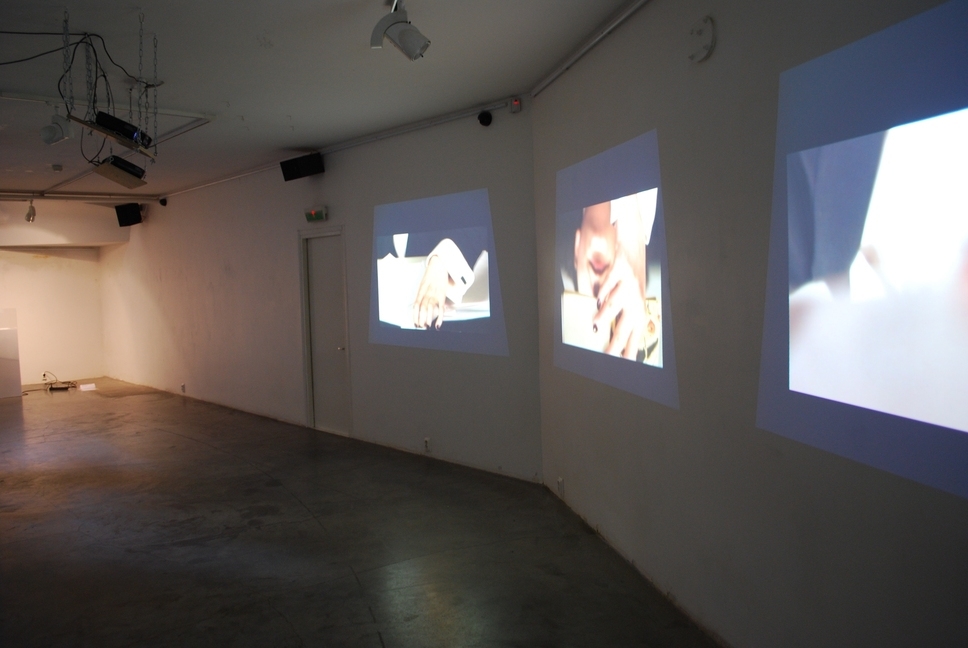
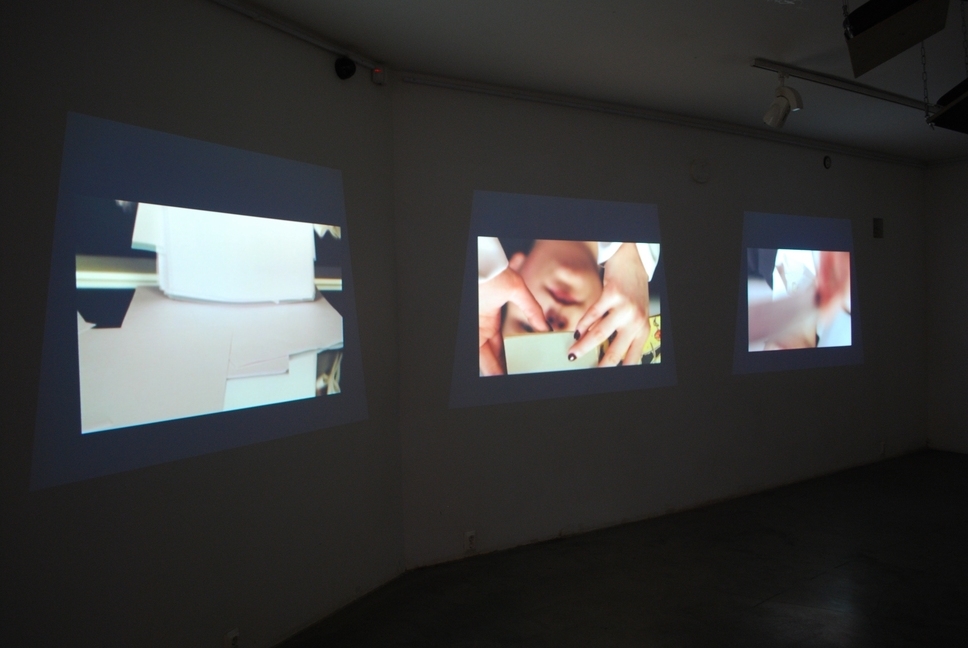
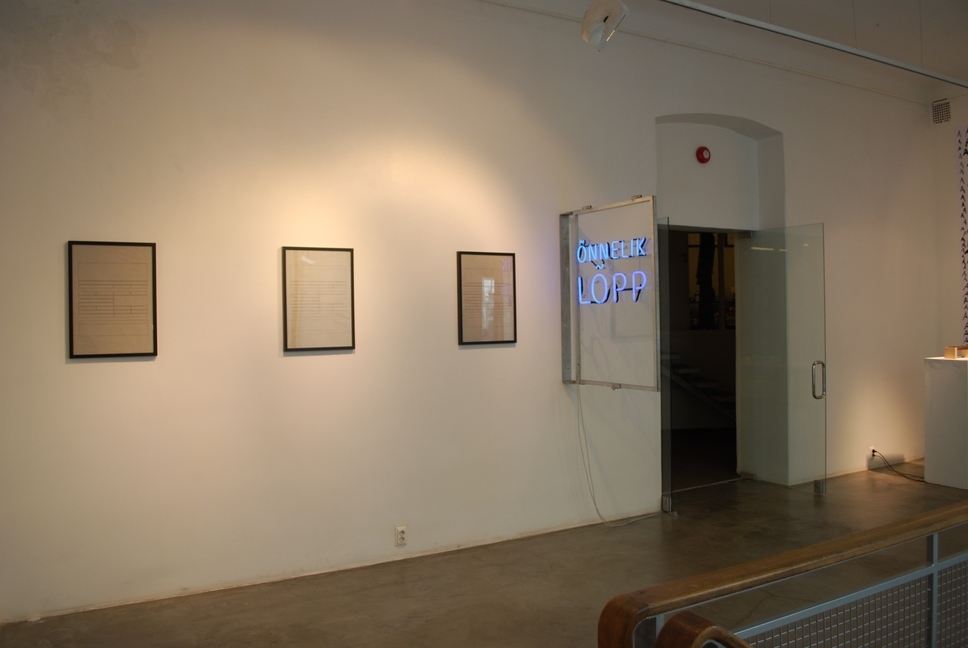
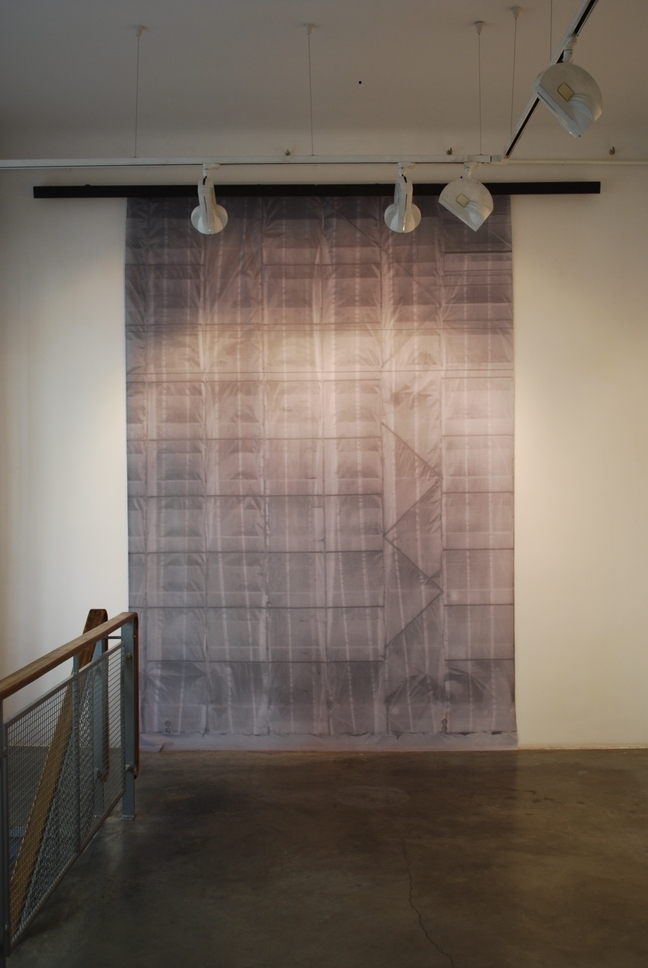
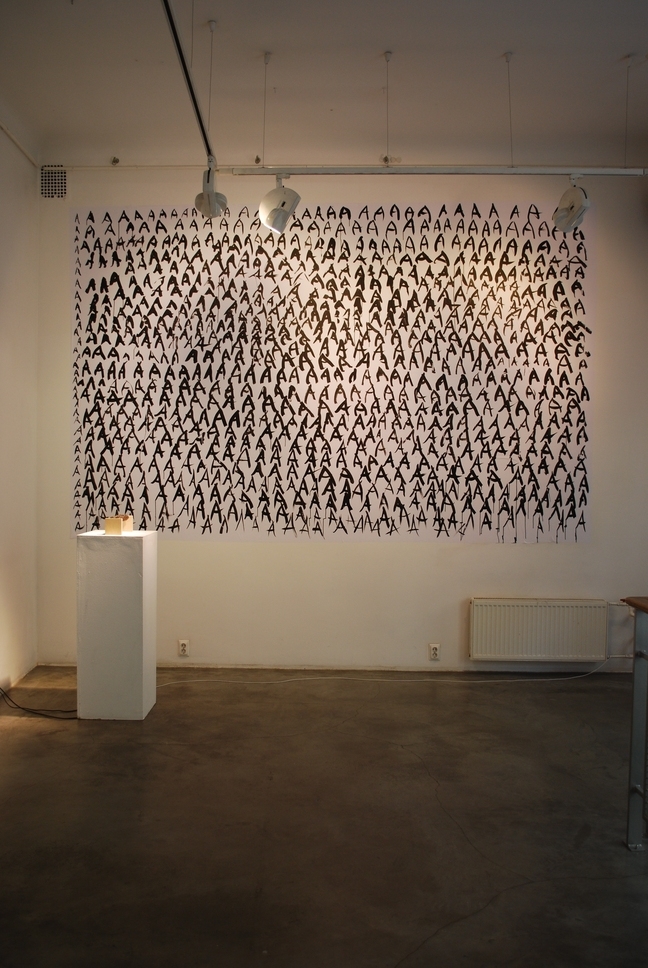
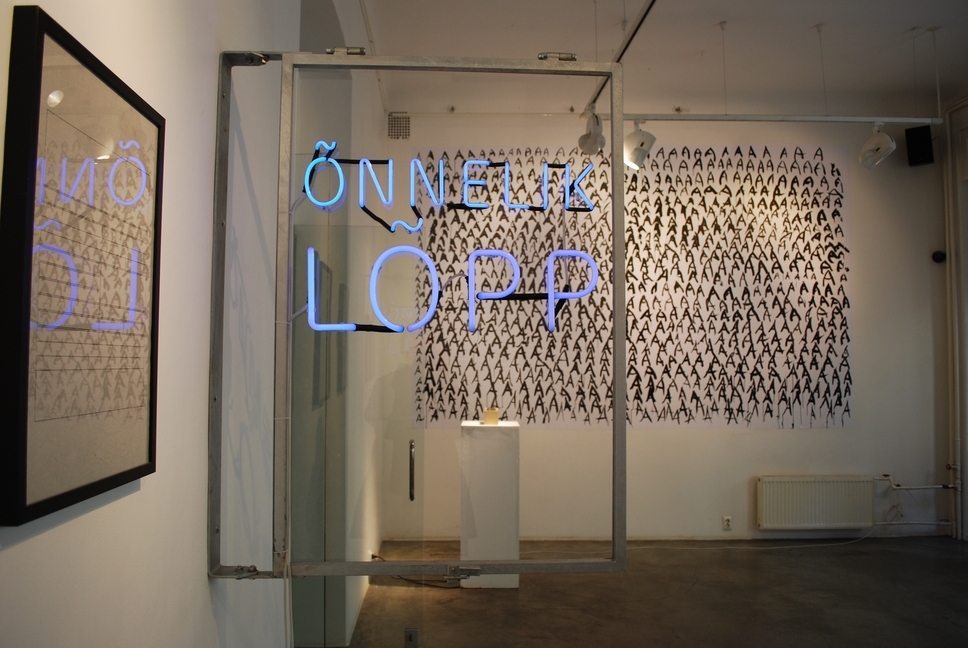
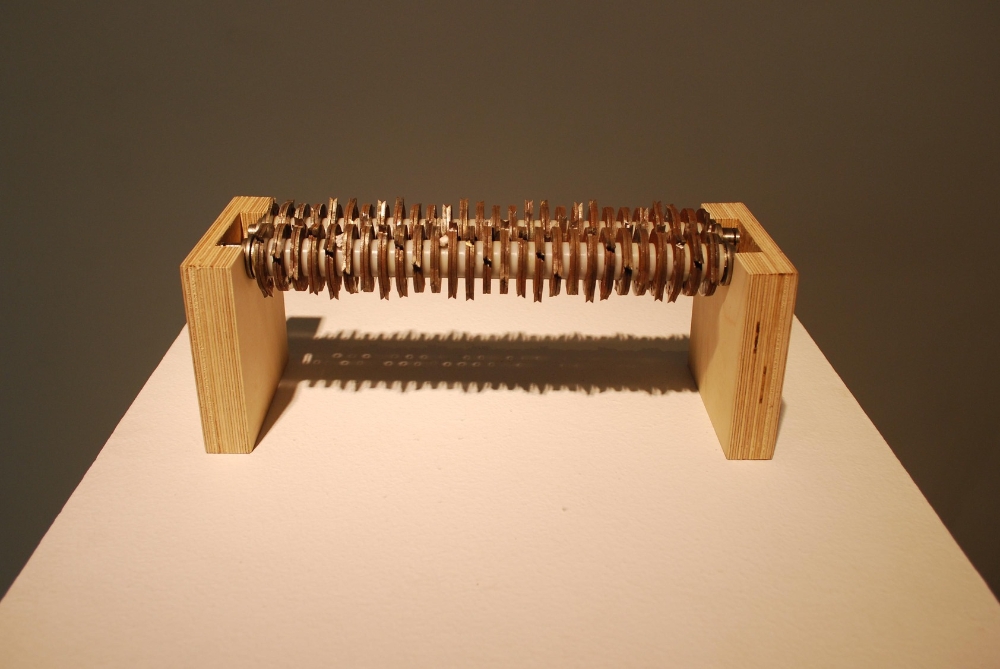
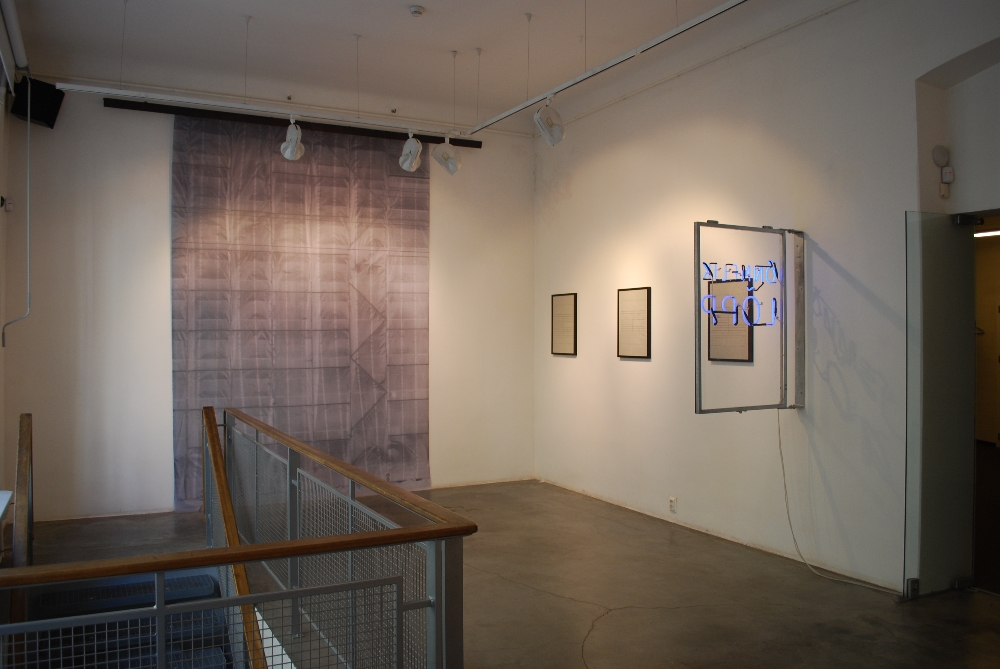
Photographs by Elin Kard

